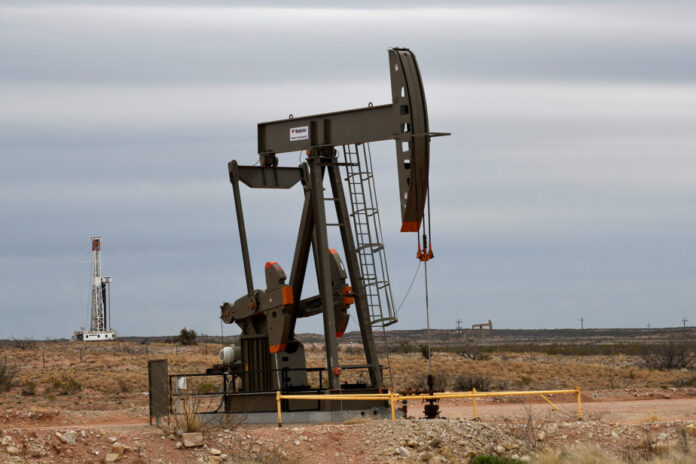(London) Oil prices continued to rise on Friday, driven by tensions in the Middle East and fears of an escalation which could cause supply disruptions, despite the publication of bearish oil data the day before in the United States
Around 5:30 a.m. (Eastern time), the price of a barrel of North Sea Brent, for delivery in March, rose 0.57%, to $78.03.
Its American equivalent, a barrel of West Texas Intermediate (WTI), for delivery in February, rose 0.78% to $72.75.
Oil is on track to end its first week of the year in progress, driven by “increasing geopolitical tensions which are fueling supply fears,” explains Han Tan, analyst at Exinity.
“The market continues to focus on the situation in the Middle East and the problems related to maritime traffic in the Red Sea,” say analysts at Energi Danmark.
In the Red Sea, the Houthi rebels of Yemen, supported by Iran, are increasing attacks to slow down maritime traffic in “support” of Gaza.
Tension has further increased in recent days after the elimination of Hamas number two Saleh al-Arouri in Lebanon in a stronghold of Hezbollah, a Shiite Islamist movement supported by Iran and ally of Hamas, and an attack claimed by the Islamic State group which left several dozen dead in Iran.
“Investors are worried about the conflict spreading across the region,” said Tamas Varga, analyst at PVM Energy.
The head of American diplomacy Antony Blinken embarked Thursday evening on his fourth tour of the Middle East since the start of the conflict between Israel and Palestinian Hamas, during which he intends to plead for increased aid for Gaza and means of avoid conflagration.
The day before, crude prices had temporarily fallen after the publication of weekly data on commercial oil reserves in the United States by the American Energy Information Agency (EIA).
In the week ended December 29, inventories fell by 5.5 million barrels, but gasoline inventories increased by 10.9 million barrels.
Gasoline demand, meanwhile, fell from 1.2 million barrels per day to 7.9 million barrels per day. That of fuel oil has fallen even further.
“Although the EIA reported a considerable decline […] in crude oil inventories,” the increase in gasoline inventories was enough to lower prices, notes Tamas Varga.
But quickly, “attention shifted again to events in the Middle East,” he continues.

